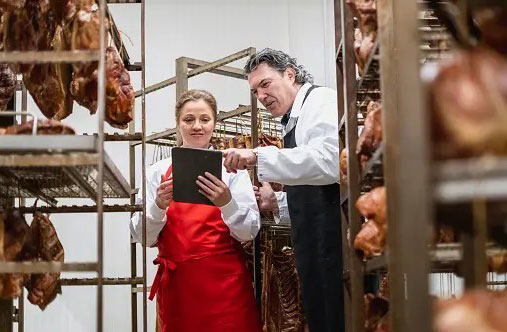How Much Does A Meat Processing Factory Cost?
As a long-time rancher looking to take more control over my product from start to finish, I've done extensive research into starting my own meat processing equipment. Like any major business endeavor, this is not something to take lightly. Done right however, running your own USDA-inspected plant can be a rewarding experience and profitable enterprise. Here are my hard learned lessons for any rancher or entrepreneur looking to get into meat processing.

Choose the Right Location
Finding the ideal location is the make-or-break first step. You'll need adequate land, near livestock supply, with utilities available. Be prepared to invest at least $2-3 million just for a suitable property. The facility itself will also need good transportation access via highways and roads for both suppliers and distribution. If located in a more remote area, housing and relocation incentives may be necessary to attract skilled workers. Proximity to other food processing plants can also help share the labor pool.
Design for Efficiency and Compliance
Work closely with your architects, engineers and consultants to design a facility optimized for food safety, sanitation and efficiency. Allow ample space for livestock holding pens, processing rooms, cryovac packaging, cold storage, loading docks and more. Workflow should be linear to avoid cross-contamination. All structural materials must be non-porous, corrosion resistant and able to withstand frequent washdowns. Be ready to invest heavily in things like automated conveying systems and commercial refrigeration systems. It's also wise to exceed regulatory standards in your initial design rather than remediate issues later.
Secure USDA and Other Permits
Well before construction, file your grant of inspection application with the USDA Food Safety Inspection Service. Thoroughly familiarize yourself with FSIS guidance on site selection, construction requirements, sanitation protocols, operations and food safety systems. If planning to sell across state lines, you will need both federal and state inspection. Expect permit approval to take 9-12 months. You'll also need various environmental, utility and local permits and licenses. Hire consultants as needed to ensure compliance.
Line Up Capital and Financing
Between land, construction and equipment, expect around $15-$25 million in start-up costs for a decent-sized operation. The plant will then need ample working capital for livestock, supplies, payroll and operating overhead before revenue starts flowing. Explore bank loans, USDA programs, and private investments. Strong business planning and contracts with livestock suppliers will help secure financing. Be conservative in cash flow projections and have a financial buffer for unforeseen costs.
Recruit and Train Staff
Meat processing requires skilled labor across multiple roles - production, quality control, maintenance, sanitation, management, etc. Recruit early for key positions. Partnerships with local trade schools and apprenticeship programs are invaluable. Invest heavily in training as food safety and humane handling rely on proper procedures. Competitive wages and benefits are a must to reduce turnover. Work toward a diverse, inclusive team culture.
Implement Rigorous Food Safety Protocols
Your processes, training and culture should reflect a near obsessive focus on food safety. HACCP plans must cover the entire supply chain. Protocols for sanitation, hand washing, allergen control, recall procedures, and more should exceed industry norms. Welcome and learn from frequent USDA inspections. Bringing such discipline from day one will protect your brand and customers.
With tremendous attention to detail and substantial capital, a meat processing plant can provide great economic opportunity. Stay tuned for more posts delving into the operational specifics of starting this complex but rewarding business. Let me know if you have any other questions!
Must-Read Blogs For Chain Restaurants Owner











 Cold Chain Rice Production Line
Cold Chain Rice Production Line Unmanned Intelligent Rice Production Line
Unmanned Intelligent Rice Production Line Automatic Rice Production Line
Automatic Rice Production Line
Ready to Get Started?